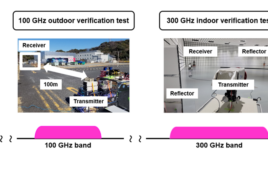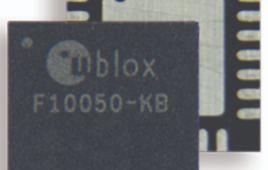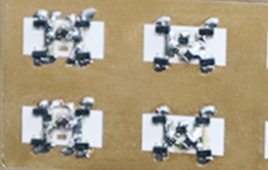Self-driving vehicles may soon be used by the U.S. Postal Service (USPS), with the company announcing Tuesday, May 21, that it plans to test autonomous delivery trucks.
The two-week trial period will go on a 1,000-mi journey to deliver packages between two distribution centers in Dallas, Texas, and Phoenix, Ariz. A safety engineer and a driver will be on board during the tests for safety reasons and to continually monitor the truck’s performance.
“This pilot is just one of many ways the Postal Service is innovating and investing in its future,” according to the USPS in a statement, as reported by AFP. “We are conducting research and testing as part of our efforts to operate a future class of vehicles which will incorporate new technology to accommodate a diverse mail mix, enhance safety, improve service, reduce emissions, and produce operational savings.”
The project will enlist the help of California startup TuSimple, which has been hard at work developing artificial intelligence (AI) and computer vision systems. AFP reports that the TuSimple technologies have a perception range of “1,000 m (3,200 ft) to allow up to 35 seconds of reaction time at highway speeds.”
TuSimple Founder and President Xiaodi Hou is “excited” to imagine a future where mail “may be carried in a self-driving truck.”
“Performing for the USPS on this pilot in this particular commercial corridor gives us specific use cases to help us validate our system, and expedite the technological development and commercialization progress,” Hou explains to AFP.




